Christmas Cactus
The Christmas Cactus, also known as Schlumbergera, is a popular houseplant that is native to the rainforests of Brazil. It is a member of the cactus family (Cactaceae) but is different from typical desert cacti in its growth habit and care requirements. The plant is known for its attractive foliage and beautiful blooms, which often coincide with the holiday season.
Appearance:
The Christmas Cactus is a succulent plant with segmented flat stems that grow in a cascading or trailing manner. The stems are usually dark green and have serrated edges. The plant produces elongated, claw-shaped flowers in various colours, including pink, red, white, purple, and yellow. The flowers typically bloom from late fall to early winter, adding a vibrant touch to the holiday season.
Care and Cultivation:
Here are some essential points to consider when caring for a Christmas Cactus:
– Light: Place the Christmas Cactus in bright, indirect light. It can tolerate some direct sunlight but should be protected from intense afternoon sun.
– Temperature: The plant prefers moderate temperatures between 60-70°F (15-21°C). Avoid exposing it to drafts or sudden temperature changes.
– Watering: Water the Christmas Cactus thoroughly when the top inch of soil feels dry. Avoid overwatering, as it can lead to root rot. Ensure proper drainage to prevent waterlogging.
– Humidity: Christmas Cacti prefer higher humidity levels. You can increase humidity by placing the pot on a tray filled with water and pebbles or using a humidifier.
– Soil: Use a well-draining potting mix specifically formulated for cacti and succulents. A mix of peat moss, perlite, and sand works well.
– Fertilizer: Feed the plant with a balanced, water-soluble fertilizer every 2-4 weeks during the growing season (spring and summer). Reduce or stop fertilization during the fall and winter months.
Blooming:
Christmas Cacti are known for their beautiful and long-lasting blooms. The flowers typically appear when the plant receives cool temperatures and longer nights, usually in late fall or early winter. To encourage blooming, give the plant about 12-14 hours of uninterrupted darkness each night for 6-8 weeks leading up to the desired blooming period. During this time, reduce watering and fertilizer application.
Propagation:
Christmas Cacti can be propagated through stem cuttings. Simply cut a stem segment and allow it to be callous for a day or two. Then, place the cutting in a well-draining soil mix and keep it slightly moist. Roots will develop, and a new plant will grow from the cutting.
Toxicity:
The Christmas Cactus is generally considered non-toxic to humans and pets. However, keeping plants out of reach of curious children and pets is always a good practice.
Aesthetic Uses:
Christmas Cacti are commonly used as houseplants or in indoor gardens. Their trailing growth habit makes them ideal for hanging baskets or as decorative plants on shelves or tabletops. When in bloom, they can be a festive addition to holiday decorations.
The Christmas Cactus is a beloved plant for its attractive appearance, easy care, and beautiful blooms that coincide with the holiday season. With proper care and attention, this plant can bring joy and a touch of nature to your home.
Things to know about Christmas Cactus
Common (vernacular) Name
विंका (Hindi), Vinca, Sadabahar, Madagascar Periwinkle, Catharanthus Roseus, Nityakalyani, Bara Massi, Bright Eyes, Cape periwinkle, Graveyard Plant, Old maid, Pink Periwinkle, Rose Periwinkle, and many more.
Botanical Name
Catharanthus roseus
Origin
Island of Madagascar
Family
Apocynaceae
Plant Type
Tropical plant
Plant Features
Ornamental / Evergreen / Exotic
Life Cycle
Perennial
Landscape Uses
Container, Walkways, Ground Cover, Mass Planting and Houseplants.
Species
Apricot Cooler Improved, Aztec Pink Magic, Blue Pearl, Cascade Beauty White, Cooler Icy Pink, Cooler Orchid, Cooler Peppermint, Cora Burgundy, Cora Cascade Cherry, Cora Cascade Strawberry, Cora Red, Experimental Dee, Jams and Jellies, Mediterranean Lilac, Mediterranean XP Cherry Halo, Mediterranean XP Rose Halo, Nirvana Pink Blush, Nirvana Red, Nirvana Sky Blue, Nirvana Violet, Pacifica White, Sunshower Lilac, Titian Icy Pink
Varieties
It comes with more than 30 varieties in various leaf and flower colourations.
Size
Height : 1 to 1.5 feet tall and Width : 1 foot wide when mature.
Indoors or Outdoors
Outdoors : Anthurium can be used outdoors in shady plantings; avoid direct sunlight.
Indoors : Excellent plant growth in bright light or indirect light. Best indoor plants for beginners.
Blooming / Flowering
The blooming period is throughout the year.
Flower Colour
It’s come in Pink, White, Purple, Red and Multicoloured.
Lucky Plant
According to Feng Shui, It brings Good Luck in your relationships.
Lighting / Sun Exposure
Bright Indirect Sunlight.
Temperature
Grow best in warm temperatures above 21°C and tolerate max temp. as high as 32°C.
Growth Rate
Anthurium is a slow to moderate grower plant.
Watering
Moderate watering, Mist or overhead sprinkler to provide water and to improve relative humidity. Do not tolerate overwatering, It can cause root damage and leaf yellowing.
Fertilizer
Applying slow-release fertilizer or a water-soluble liquid fertilizer once or twice during the growing season (from spring to summer) is recommended.
i.e., - Cow dung, DAP, Compost, NPK 30-10-10 fertilizer, liquid organic fertilizer etc.
Pruning
Pruning of Anthurium, little is needed. However, trimming away only discoloured or dead leaves.
Propagation
Seeds : The best time to sow your Anthurium seeds is at the end of Winter / early Spring, but it can't give good results.
Stem Cuttings : The easier propagation methods of Anthurium in water or soil via stem cuttings can be done during the warm growing season.
Division : The division of Anthurium can be done in the Rainy season or, better, from February to March.
Dormancy Period
Month : November to February (winter season)
Shed their leaves and show poor growth, Watering minimally.
Avoid : Propagate, Fertilize and Repotting.
Container
Ceramic Pot, Plastic Pot, Terracotta or Clay Pot is preferred, which ensures good drainage and water holding capacity.
Soil Type
A well-drained Loam / Coarse potting soil and water-holding capacity are recommended. Prevent soggy potting medium.
Our recommendation for the potting mix: Equal part mixture of Garden Soil (25%) + Compost (25%) + River Sand (25%) + Cocopeat (25%). You can substitute pieces of Charcoal, Vermicompost, Perlite etc.
Soil pH
Lightly Acidic soil - Ideally, 5.5 to 6.5 pH (potential of hydrogen) is recommended for Anthurium.
Repotting
It is advisable to repot the Anthurium every year or two, preferably during the spring to midsummer season.
Maintenance
Low maintenance and easy to grow.
Properties
The plant poses toxicity risks to both humans and pets if ingested.
Benefits
Excellent indoor air purifier, Anthurium plants turn CO2 into oxygen. It purifies indoor air by removing harmful chemicals like ammonia, toluene, xylene and formaldehyde.
Special Features
It does not attract hummingbirds and pollinators in the same way it does butterflies, bees, or wasps.
Infestation / Pests
Aphids, Scale insects, Thrips, Mealybugs, Spider mites, caterpillars etc.
Diseases / Problem
Physiological Problem : Anthracnose, Leaf Spot and Powdery Mildew.
Bacterial Problem : Bacterial Blight, Bacterial Wilt and Black Nose Disease.
Fungal Problems : Root Rot and Water Mold.
In conclusion, Vinca or Sadabahar plants are prized for their beautiful flowers, easy maintenance, and versatility in various garden settings. With their vibrant colours, heat tolerance, and ability to attract pollinators, they can bring joy and visual interest to any garden or landscape.
Some Glimpse of Christmas Cactus

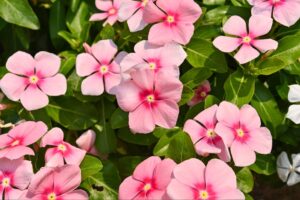

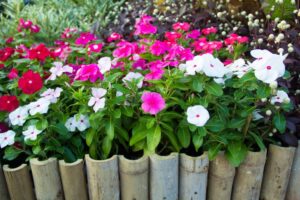
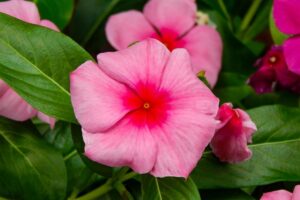
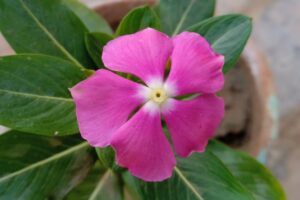
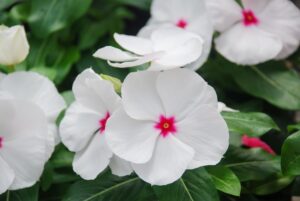

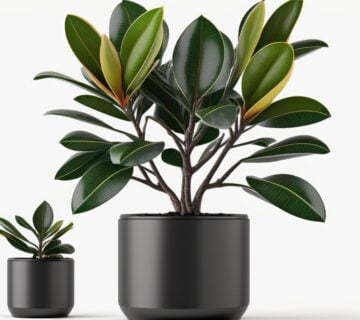
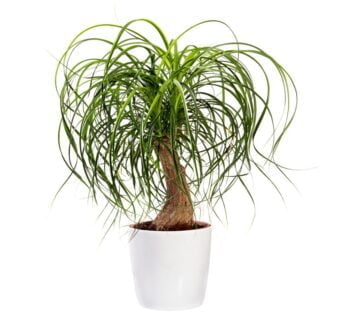
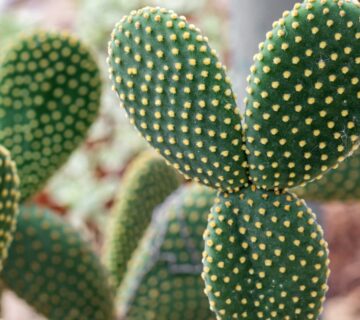
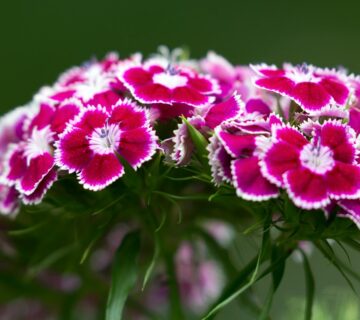
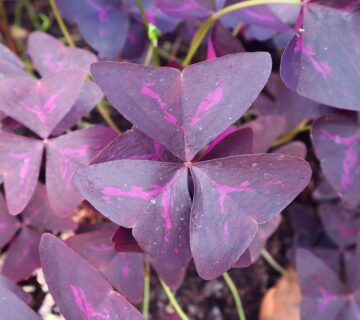


No comment